
Fossil Butte National Monument
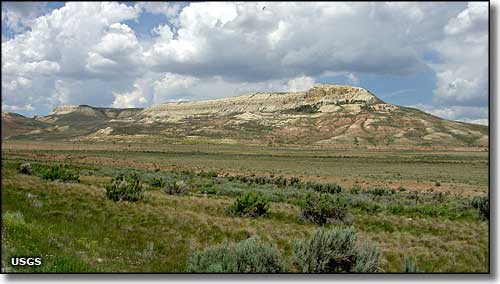
Fossil Butte National Monument
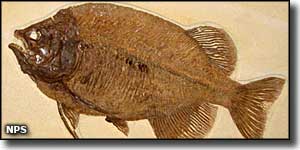
Fossil Butte National Monument was established on October 23, 1972 to preserve and protect what is possibly the best paleontological record of Tertiary era aquatic communities in North America. Dr. John Evans collected and described the first fossil fish from this area in 1856, but for many years, individuals dug indiscriminately in the area for specimens to sell to collectors and museums. While there is no fossil collecting allowed now on the National Monument, there are numerous local quarries on nearby private land that sometimes still produce some extraordinary fossil specimens.
Paleontologists say this area was a low, subtropical freshwater basin for a couple million years while the remains of crocodiles, bats, fish, turtles, horses the size of dogs, insects and numerous other plants and animals accumulated in the sediments deposited on the floor of the basin. Geologically speaking, these Green River lake beds (part of the Green River Formation) are about 50 million years old.
The Visitor Center exhibits contain more than 80 fossils and fossil casts. Included in the exhibits are a crocodile, fish, bats, a turtle, birds, insects and many plants. There is also a 13-minute video to see that discusses the fossils found and what scientists have learned about them. The are also several interactive exhibits in the Center.
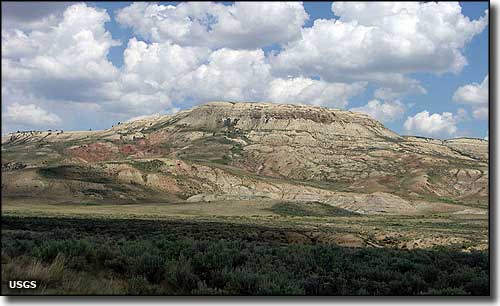
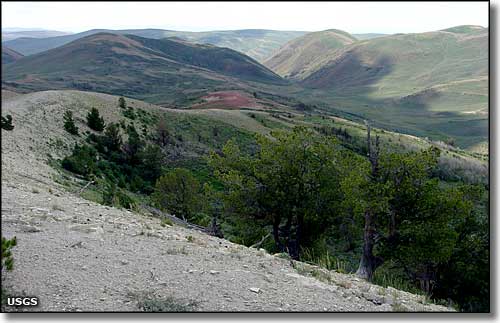
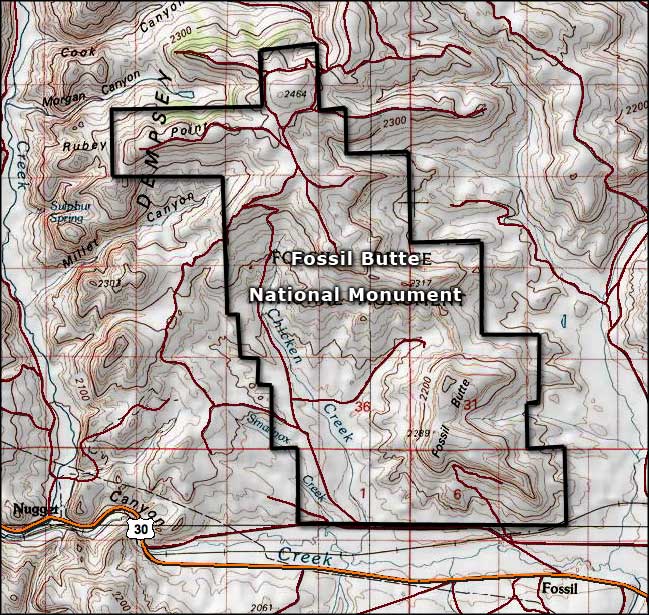
Fossil Butte National Monument map
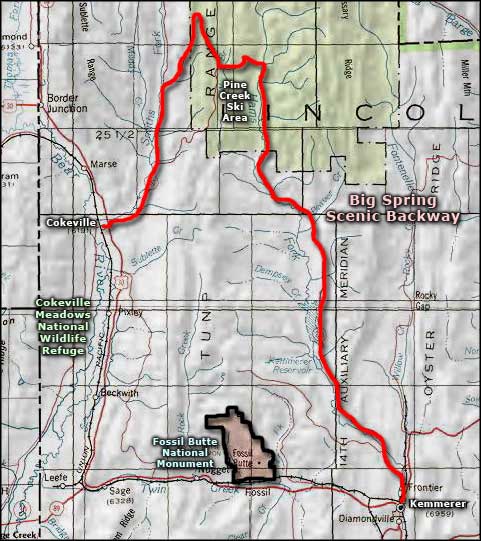
Fossil Butte National Monument area map
Opal - Star Valley Ranch - Thayne - Lincoln County
Bridger-Teton National Forest - Cokeville Meadows NWR
Pine Creek Ski Area - Big Spring Scenic Backway
